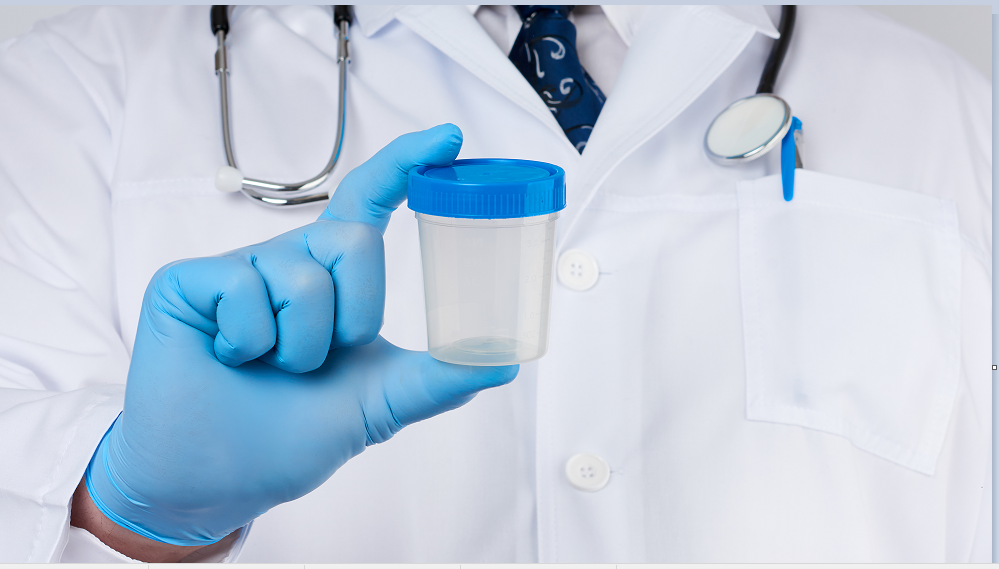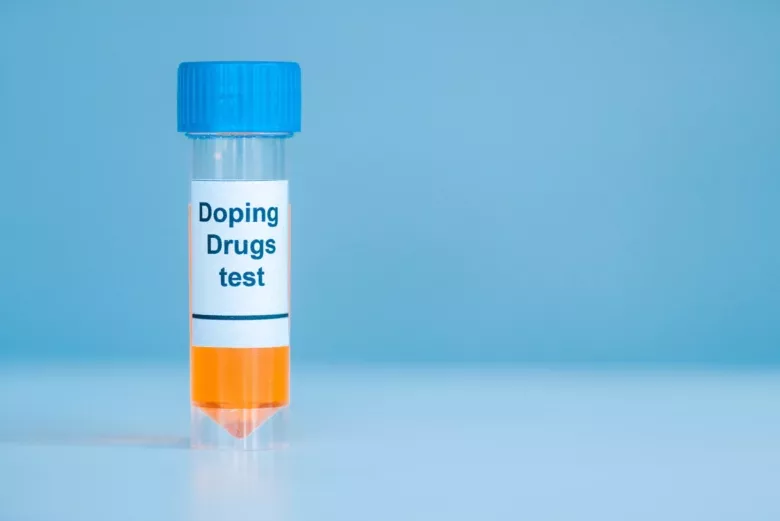What Is Urine Drug Screening?
Drug screening is using a sample of one’s urine to detect drugs in the body. It is widely used in healthcare, legal and criminal cases, and even in a workplace setting. Urine Drug screening is the most common type of screening. The Department of Health and Human Services states that the usual workplace setting would require testing these substances —Cannabinoids, Cocaine, Amphetamines, Phencyclidine[PHP], and Opiates.
Methods of Drug Testing
Urine drug screening is the easiest and most effective way of testing since it involves a relatively straightforward collection procedure. Usually, two types of UDSs are used in the medical scenario.
- Immunoassay
Immunoassay uses antibodies to detect drugs and metabolites and is the most common type of initial screening process. It is an automated process that assists in rapid detection. Furthermore, it is the same technique that is utilized in the manufacturing of home-testing kits.
The forms of immunoassay technique include:-
- Enzyme donor immunoassay
- Fluorescence polarization immunoassay (FPIA)
- Immunoturbidimetric assay
- Enzyme-multiplied immunoassay technique (EMIT) and
- Radioimmunoassay (RIA)
- Gas Chromatography-mass spectrometry (GC-MS)
Gas chromatography-mass spectrometry is the standardized form of drug screening and testing. It is the confirmatory method that is relied on for obvious reasons. Using GC-MS, one can detect small levels of a substance. For example, an opiate screening can easily detect the presence of morphine. By far, it is the most accurate and sensitive method of testing.
Cutoff Limits
Per The Department of Health and Human Services (DHHS), a certain cutoff level has been assigned for determining the presence of a substance in the professionals in a workplace setting. These values are in keeping with the general idea of eliminating false-positive results. In the past, poppy seeds have also caused false-positive Opium detection.
Table 1 Shows the Cutoff Values for Federal Workplace
| Substance | Initial drug test level for immunoassay (ng/ml) | Confirmatory drug test level for GC-MS (ng/ml) |
| Phencyclidine | 25 | 25 |
| Marijuana metabolites | 50 | 15 |
| Cocaine metabolites | 300 | 150 |
| Amphetamines | 1000 | 500 |
| Methamphetamine | Incomplete data | 500 |
| Opiate metabolites | 2000 | 2000 |
Detection Intervals
Several factors that oversee the detection time of a drug are listed here:-
- Pharmacokinetics
- Existence of metabolites
- Body mass or patient variability
- The pH level of the urine
- Time of last ingestion
- Interval of drug usage (short-term and long-term)
How To Evaluate Urine Samples
While evaluating urine samples, some practices that need to be avoided for detecting the correct result. These practices include adulteration, dilution, and substituting urine samples while contributing to false-negative results. Let’s have a look at some ways in which you can evaluate urine samples.
Step 1: Document the appearance
The urine sample can indicate concentration levels if it ranges from yellow to pale. When taking the color and appearance into account, you can determine if the urine sample is without alteration of any kind. If the urine sample contains substances such as soap, you can expect the excessive formation of bubbles.
Step 2: Record the temperature
The ideal urine specimen temperature has to be recorded within four minutes of sample collection and can range between 32 degrees Celsius to 38 degree Celsius. If the temperature is outside the mentioned range, it can result from a substituted sample.
Step 3: Record the pH level
The average pH level of urine is known to fluctuate throughout the day. However, the range is usually between 4.5 to 8.0. It should be a matter of concern if the pH levels are lesser than 3 and greater than 11.
Step 4: Detect creatinine concentrations
The usual creatinine concentration in a urine sample must be greater than 20 mg/dl. The absence of creatinine can lead to a chance of dilution.
Step 5: Check for urinary nitrite levels
A urine sample should contain a nitrate level not extending beyond 500 μg/ml. In all these cases, one can use different samples in a more supervised setting.
Which Drugs Are Tested in Urine?
Alcohol
Legal in the United States, this substance is ingested and can be traceable in the urine sample. However, contrary to the oxidation rate, a total of one to two percent is traceable in urine. This urine alcohol concentration (UAC) follows a variable pattern in keeping with the blood alcohol concentrations. For the UAC result to be accurate during the postabsorptive phase, it should be divided by 1.3 from the BAC value of the urine sample.
Benzodiazepines
Benzodiazepines are usually prescribed for psychiatric and other medical conditions. The Benzodiazepine binds at the site of benzodiazepine through the y-aminobutyric acid type A receptor, also considered the primary inhibitory neurotransmitter. These substances have four distinct properties —anxiolytic, sedative-hypnotic, antiepileptic, and muscle relaxation.
Amphetamines
Amphetamines are mentioned in the DHHS as one of the five assays. Most amphetamine assays are sketched to detect the presence of racemic compounds, Amphetamine, and other illicit analogs like Methylenedioxymethamphetamine [MDMA]. The Amphetamine assay can be a challenging one as it is known to display false-positive results.
Cannabinoids
Cannabinoids are a subset of chemicals found in the hemp plant that give the user euphoric effects. Delta-9-Tetrahydrocannabinol is a psychoactive chemical found in Cannabis plants. A urine drug screening will identify 11-nor-delta-9-Tetrahydrocannabinol-9-Carboxylic acid (9-carboxy-THC) and other metabolites. Due to its slow excretion and high solubility, it can be detected in urine tests till one week. In the case of long-term users, it can be seen for up to 46 days.
Opiates
Opioids constitute a class of drugs that generally comprise illicit and prescribed agents. Common substances such as morphine and codeine are recognized as alkaloids from the opium poppy seed. A urine screening can detect the presence of morphine. However, fentanyl is left undetected. Cough medicines and diarrhea can cause codeine to be seen in urine samples.
Classification of Opioids
| Derivation | Opioid |
| Opium | Opium, Morphine, Thebaine, Codeine |
| Synthetic | Heroin, Oxycodone, Hydrocodone, Hydromorphone |
| Semisynthetic | Methadone, Fentanyl, Propoxyphene, Meperidine |
Cocaine
Cocaine is another drug mainly abused for its euphoric effects. The urine sample screening detects Benzoylecgonine, the primary metabolite in cocaine. Urine drug testing for cocaine is the most accurate in detecting ingested cocaine. Additionally, contaminated food products can also contain significant amounts of cocaine.
Phencyclidine
Phencyclidine(PCP) is a drug that has hallucinogenic properties and is abused for its effects. PCP can be detected for up to 8 days in the urine. Although not widely available in the United States, it is still a drug of choice for abusers. Venlafaxine can interact with drug testing and produce false-negative results.
Tricyclic Antidepressants
Rapid screening of TCA in the urine is only seen in emergency cases, ranging from toxicity to overdose. Many over-the-counter medications also interact with the drug, offering false-positive results.
Go for Urine Drug Screening With Affordable Rapid Testing
Urine drug screening is a valuable tool in the workplace, among other settings. These screenings provide evaluations against substitutions, and adulterations, among other factors like false-positive results, and can be utilized to full benefit. Affordable Rapid Testing offers various drug testing services in Phoenix and Scottsdale, Arizona. Schedule an appointment with us today to confirm a drug testing appointment without much hassle.


